
PB06 GD2 4.0 PB07 PG1 100 rad/s PB08 PG2 120 rad/s PB09 VG2 3000 rad/s PB10 VIC 20 ms PB19 VRF1 50 Hz PB20 VRF2 50 Hz PB29 GD2B 10.0 PB30 PG2B 84 rad/s PB31 VG2B 4000 rad/s PB32 VICB 50 ms PB26 CDP 0001 ( ) PB28 CDT 100 ms PB33 VRF1B 60 Hz PB34 VRF2B 60 Hz (b) OFF OFF ON 63.4 CDT100ms 100 4.0 10.0 4.0 120 84 120 3000 4000 3000 20 50 20 50 60 50
Ts : Static load (Nm) F : Clamping force (N) L : Distance from the rotation center to the clamping position (m) Tf = mgL Ta : Inertial load (Nm) : Moment of inertia (kgm2) : Angular acceleration (rad/s2) : Rotation angle (rad) t : Rotation time (s) Friction force is applied in rotating direction.
(rad/s) : Rotation . (rad) 180 = 3.14rad t: Rotation time .
Allowable radial load (N) Ta = I (Nm) (a) (b) Size I: Inertial moment High precision type High precision type High precision type High precision type Basic type Basic type Basic type Basic type Refer to page 11-9-7. . : Angular acceleration 1 2 3 7 10 20 30 50 70 100 200 41 41 0.56 31 41 41 0.84 31 . 2 = (rad/s 2) Load 45 45 32 45 45 0.82 32 1.2 t 2 : Rotation angle (rad) 48 48 33 48 48
/sec m mm MPa N Nm cycle/min C 2 gh m RHC R m 2 1 2 m 2 1 2 1 2 T S R 2 mgh F1S m Nm C m/s kg S T t m MK(2) E1 + E2 mgS F1S mgS mgS F1S + mgS RS Q G 2 2 E1 + E2 E1 + E2 E1 + E2 E1 + E2 E1 + E2 E Corresponding weight of impact object 2 2 E 2 2 E 2 2 E 2 2 Me kg RS H A E 2 E 2 Angle speed Friction coefficient rad/s 2.
Since Rotary Actuator reaches the rotation end during acceleration, terminal acceleration "" can be found by = 2 / t :Rotation angle (rad) t:Rotation time (s) Since Kinetic energy E is E = 1 / 2I2 Rotation time "t" of Rotary Actuator is I 2 2 t E EAllowable kinetic energy (J) IMoment of inertia (kgm2) Rotating angle (rad) 180o = 3.14 rad In uniformly angular accelerated motion, angular
E1 2 I E[J]I[kg][rad/s] Imr m[kg] rm 5.1 19 I I I I kg kg kg kg m m m m 2 2 2 2 m: m: m: m: kg kg kg kg b 20 5-2. 5.1 5.1 32 0.023[J] 40 0.028[J] 2 t [rad]t[s] E E1 2 I t E 2 I t E[J][rad]I[kg] 2 t (1) t = & (2) C C t 2 1 tdt 2 + = = & & t=0 =0C=0 t 2 1 t 2 1 2 = = & t 2 = 21 5-3.
Movement Load : Angular acceleration F: Pressing force (N) T f = F x l (Nm) . 2 = (rad/s 2) Load Static torque calculation t 2 g = 9.8 m/s2 Ts = F x l (Nm) l : Rotation angle (rad) Lever t : Rotation time (S) Axis Rotary actuator Axis Allowable Load Application of the load on the axial direction is tolerated if no dynamic load is generated and the values are within what is shown in the
How to Calculate the Load Energy Moment of Inertia and Rotation Time E = 2 x 103, = 2 2 1 t 0.006 Moment of inertia (kgm 2) 0.005 E : Kinetic energy(mJ) I : Moment of inertia(kgm2) : Angular velocity(rad/s) : Rotation angle(rad) 180 = 3.14 rad t : Rotation time(s) 40 Selecting range 32 Selecting range 0.004 0.002 0.0025 0.003 0.001 The that is obtained here is the terminal angular velocity
Movement Load : Angular acceleration F: Pressing force (N) T f = F x l (Nm) . 2 = (rad/s 2) Load Static torque calculation t 2 g = 9.8 m/s2 Ts = F x l (Nm) l : Rotation angle (rad) Lever t : Rotation time (S) Axis Rotary actuator Axis Allowable Load Application of the load on the axial direction is tolerated if no dynamic load is generated and the values are within what is shown in the
Movement Load : Angular acceleration F: Pressing force (N) T f = F x l (Nm) . 2 = (rad/s 2) Load Static torque calculation t 2 g = 9.8 m/s2 Ts = F x l (Nm) l : Rotation angle (rad) Lever t : Rotation time (S) Axis Rotary actuator Axis Allowable Load Application of the load on the axial direction is tolerated if no dynamic load is generated and the values are within what is shown in the
Table 1 Moment of inertia Size Allowable kinetic energy (J) 10 0.00015 15 0.00025 20 0.0004 30 0.015 40 0.03 How to calculate the load energy E : Kinetic energy (J) I : Moment of inertia (kg m Speed (rad/s) : Rotation angle (rad) 1803.14 rad t : Rotation time (s) 1 E = I 2 2 2 = t Table 2 Safety operable rotation time adjustment range Size Rotation time ( s / 90) 10 0.03 to 0.5 15
The end angular speed is obtained by: t Table 9 Allowable kinetic energy (J) Size Allowable kinetic energy : Rotation angle [ rad ] : Rotation time [ s ] 1 0.001 Kinetic energy E is obtained by: 2 0.0015 3 0.002 7 0.006 E Therefore, the rotary table rotation time is: E: Allowable kinetic energy [ J ] : Rotation range [ rad ] I: Moment of inertia [ kgm2 ] During uniform acceleration, the
The kinetic energy can be calculated using the formula below. 2 1 = I E E: Kinetic energy [ J ] 2 I: Moment of inertia [ 2 m kg ] : Angular speed [ s rad ] There is a threshold of kinetic energy that a rotary actuator allows. Therefore, by finding the moment of inertia, it is possible to find the threshold value of the rotation time.
Accelerating torque calculation (Example) (Example) Friction coefficient Ta = I x (Nm) Mass m F = mg Clamp F F I : Inertial moment Static torque calculation Movement Load Refer to features page 5. : Angular acceleration = (rad/s) Tf = F x l (Nm) g = 9.8m / s F: Pressing force (N) l l Static torque calculation 2 Load t2 Ts = F x l (Nm) Lever : Rotation angle (rad) t : Rotation time
Accelerating torque calculation (Example) (Example) Friction coefficient Ta = I x (Nm) Mass m F = mg Clamp F F I : Inertial moment Static torque calculation Movement Load Refer to features page 5. : Angular acceleration = (rad/s) Tf = F x l (Nm) g = 9.8m / s F: Pressing force (N) l l Static torque calculation 2 Load t2 Ts = F x l (Nm) Lever : Rotation angle (rad) t : Rotation time
* r,: Rotation speed (radls) t ,:FMjon(rad) 18O':314 rad t : Flotation time (s) c) Series:NCRAI J: i/bnent of inrtia irFlb6? W:\Jeigm of load lbs, g:Accl.ation dueto gravity 336 in^l Position of pivot: Passes thrqh one end perpendicular to the rod. Position of pivot: Passes thro.h the center of gravity perpendicular to the plde.
High precision type High precision type High precision type High precision type Ta = I (Nm) Basic type Basic type Basic type Basic type I: Inertial moment 1 2 3 7 10 20 30 50 70 100 200 31 41 0.56 41 Refer to page 3. 32 45 0.82 45 . : Angular acceleration Load . 33 48 1.1 48 2 = (rad/s 2) t 2 54 71 1.5 71 : Rotation angle (rad) 86 74 107 2.9 78 74 2.4 78 t: Rotation time (s) 166 137 197
* r,: Rotation speed (radls) t ,:FMjon(rad) 18O':314 rad t : Flotation time (s) c) Series:NCRAI J: i/bnent of inrtia irFlb6? W:\Jeigm of load lbs, g:Accl.ation dueto gravity 336 in^l Position of pivot: Passes thrqh one end perpendicular to the rod. Position of pivot: Passes thro.h the center of gravity perpendicular to the plde.
Tf = F x l (Nm) Load : Angular acceleration g = 9.8m/s Load 2 = (rad/s) Lever t : Rotation angle (rad) t : Rotation time (S) Shaft axis Rotary actuator 12 Step Step 2 Consider the impact at the end of the rotation. 3 Consider the allowable shaft load. 1.
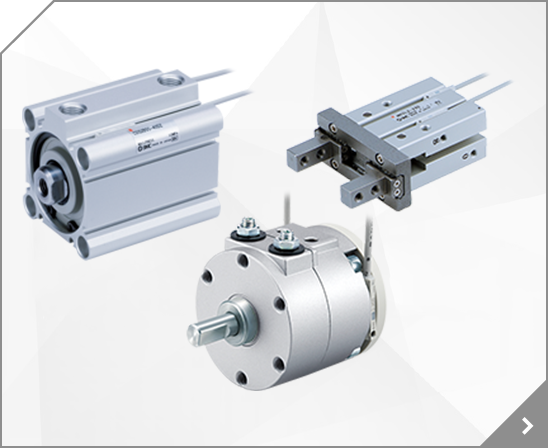


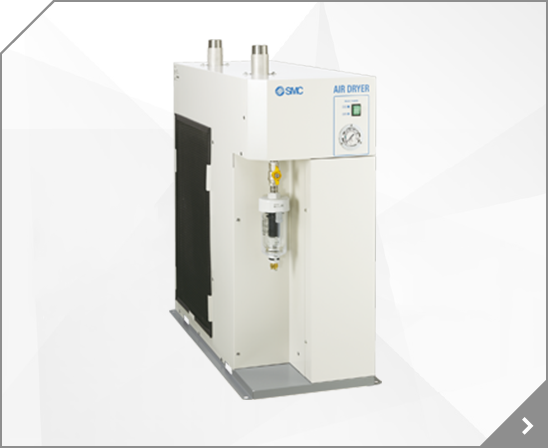
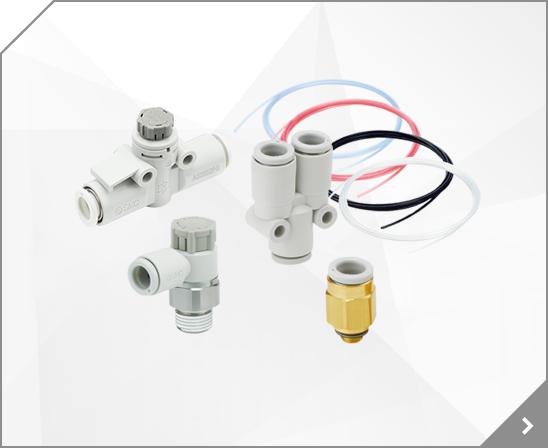
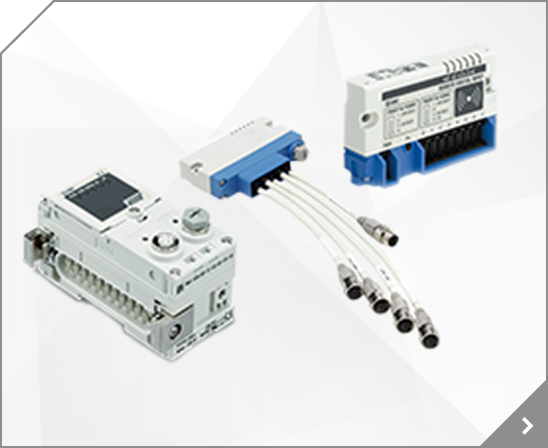
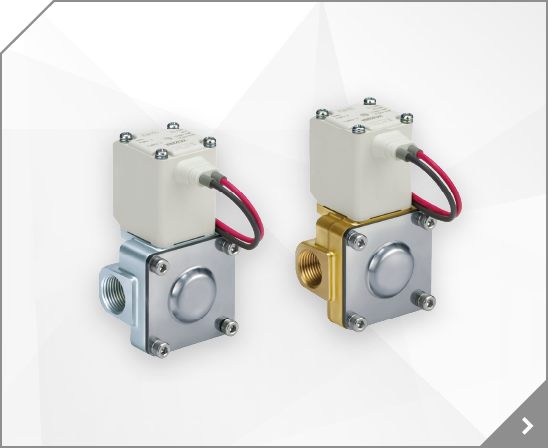
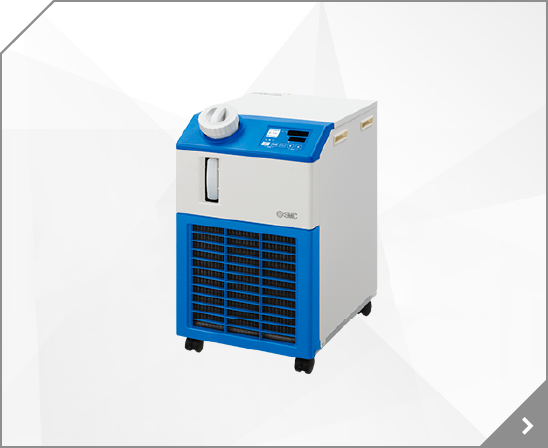
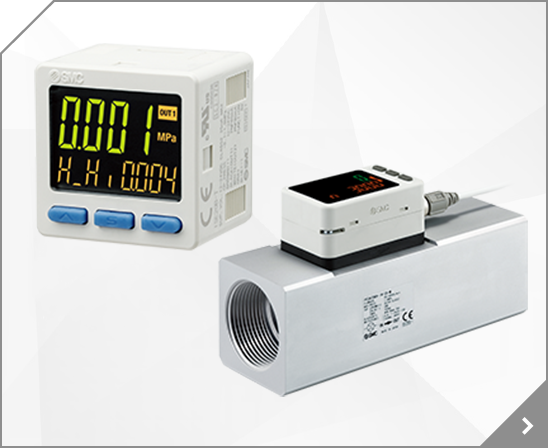
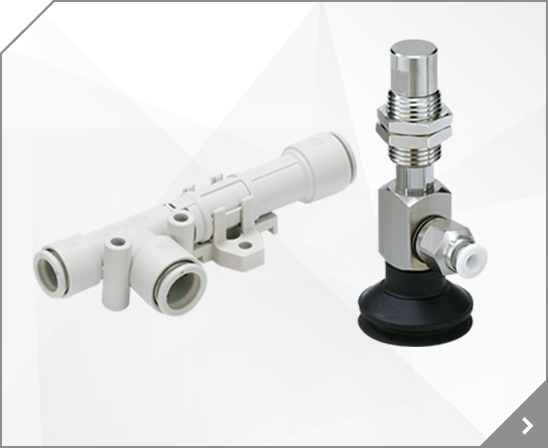

 LEC-OM02904
LEC-OM02904